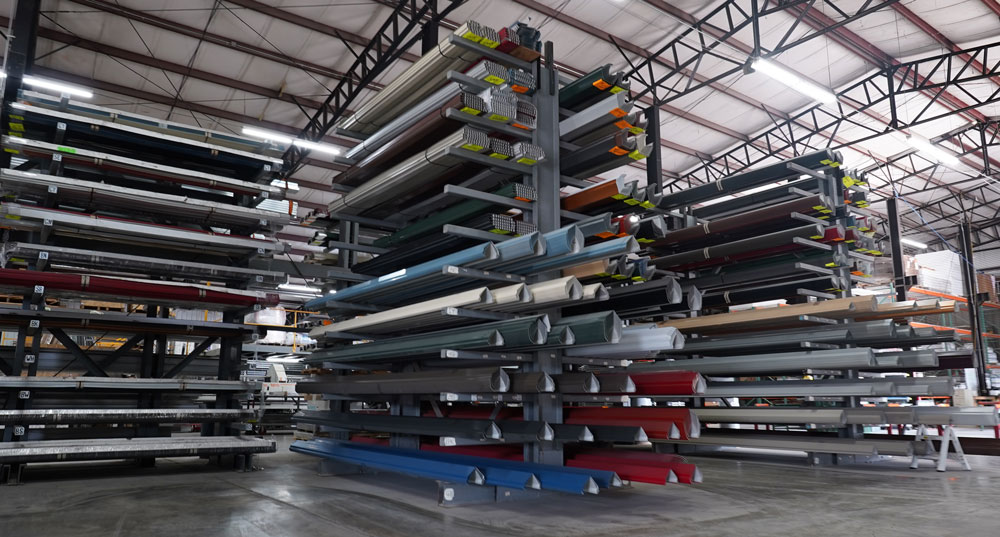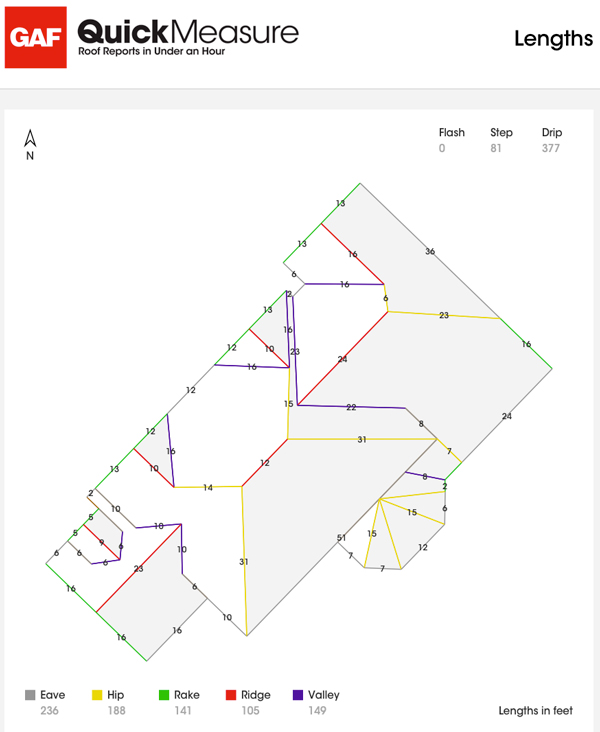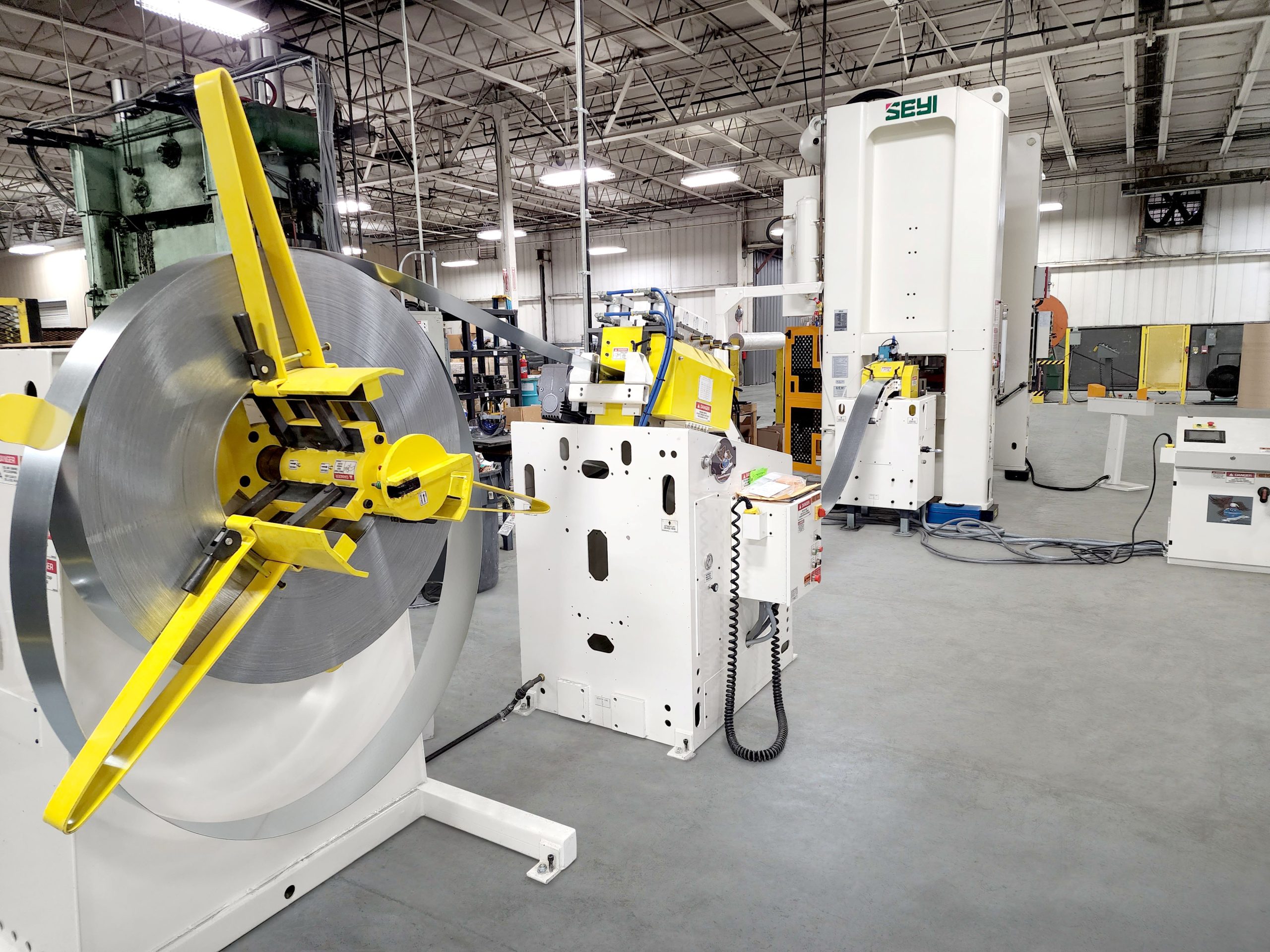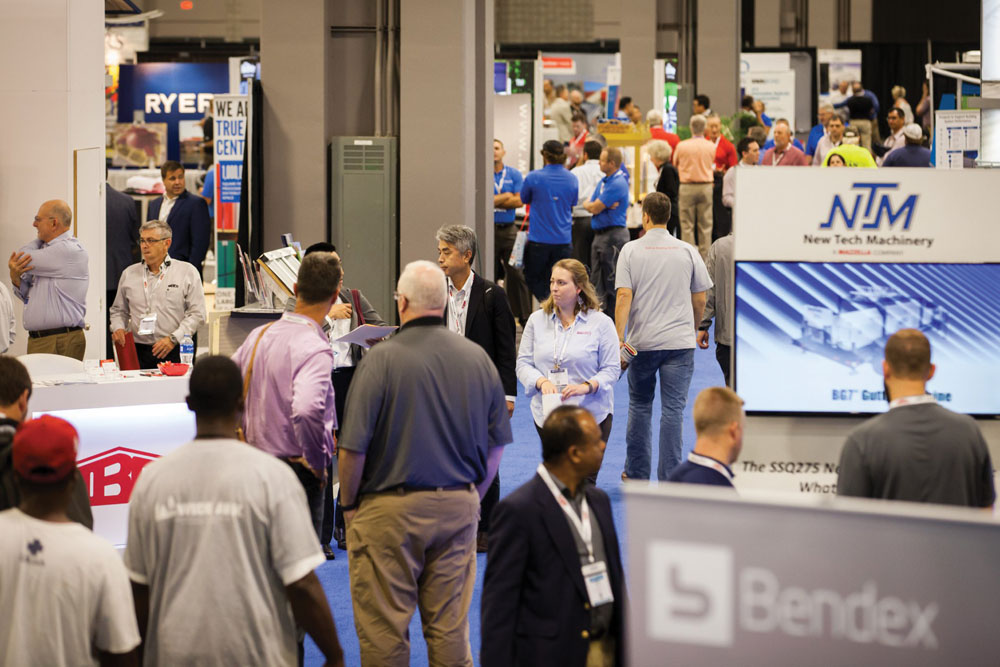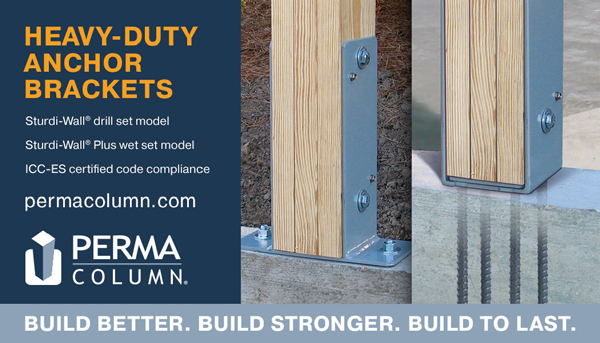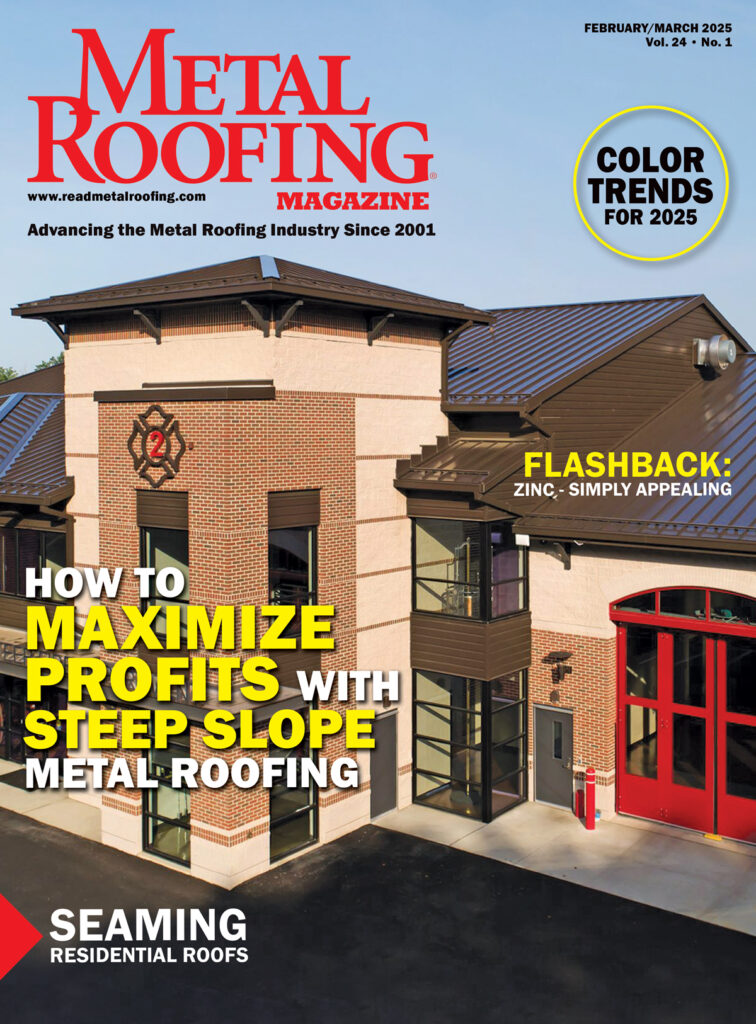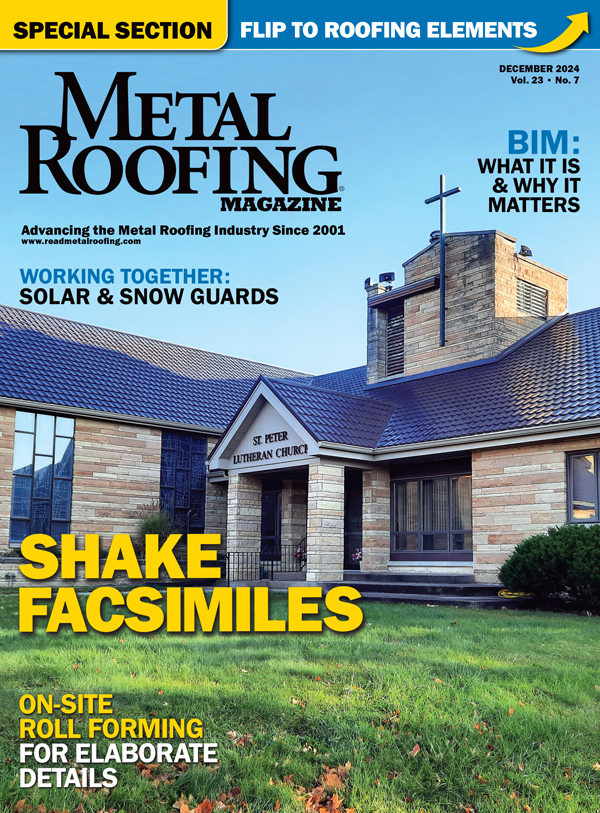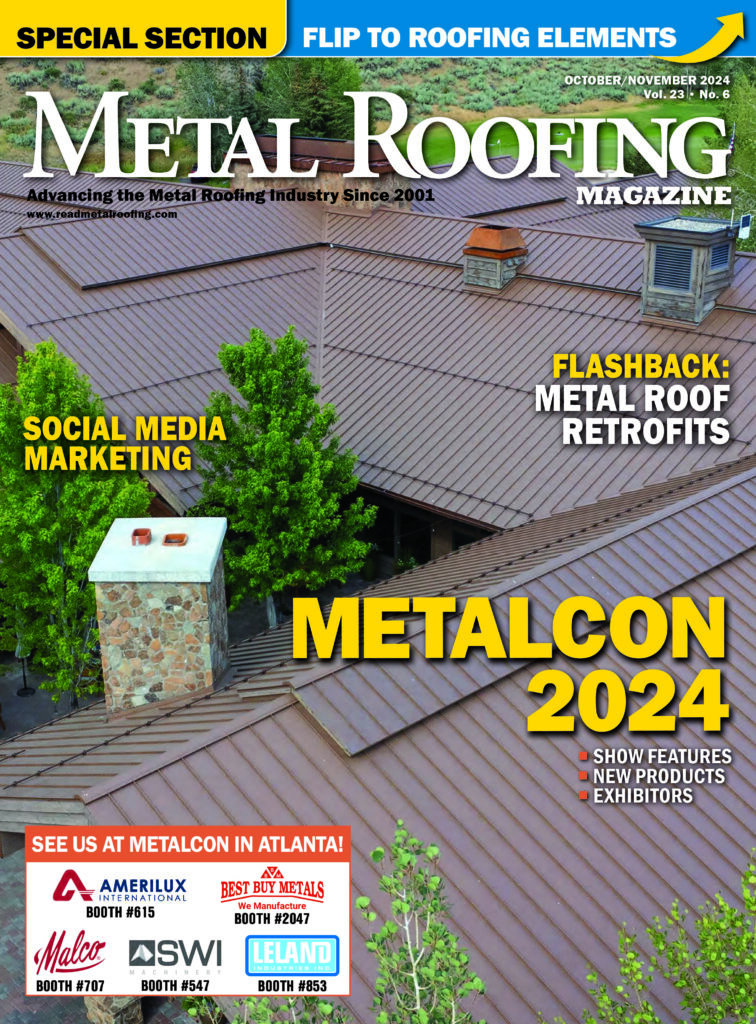By Linda Schmid
Everyone in the construction industry, whether builder, contractor, supplier, or manufacturer understands the importance of lead times; no one can successfully accomplish their mission with lead times dragging them down. How are these all-important lead times doing now that the pandemic crisis appears to be a thing of the past? And how are suppliers handling inventory management now?
Industry experts from Hixwood, Pro Cut Metals, and Graber Post discussed their lead times and inventory management with Metal Roofing staff.
Pandemic Woes
Paul Zimmerman, General Manager at Hixwood, said that during the pandemic shut-down, getting supplies was a big problem, more impactful than the transportation shortage. “Components were all behind,” he said, “windows, paint lines, lumber, everything.
“Freight was available if you were willing to pay for it,” he added, “but often supplies weren’t available at any cost.”
Trent Wagler, Marketing Director at Graber Post, said the pandemic period with its extended lead times resembled an obstacle course.
“Basically we found we needed to beef-up our orders to meet demand,” Wagler said. “When ordering, we built in extra supplies to increase our on-hand inventory.”
Post-Pandemic Lead Times
Today, Wagler says, the majority of lead times are back to usual, with a few exceptions. Their supply lines are mainly domestic and most items have lead times within a few weeks. They no longer feel the need to pad their inventory.
The lead times on the post-frame kits Graber sells to their customers can be a couple days. If custom items are required, like custom spec’d trusses, 48” cupolas, custom overhead doors, or other special items, the lead times can be 3-4 weeks. However, if a contractor just needs a few panels and trims, they may have it in a few hours or the next day.
Andre Yoder, President of Pro Cut Metals, says that supply chains are doing pretty well right now. Common color coils can sometimes be difficult to come by, but by planning ahead, you can usually get what you need in reasonable time.
Yoder adds that historically off-shore supplies are cheaper with longer lead times, like a couple months. Domestic supplies have shorter lead times, usually a couple days. Pro Cut Metals supply lines are both domestic and overseas.
Lead times for the roof kits Pro Cut Metals’ customers order are usually 1-2 days. They manage this quick turn-around time because they have inventory of panels and trims in stock.
“If custom trims or certain colors are required, it can add on to the lead time,” he added.
Zimmerman says their supply chains, all domestic, are working well. He says that since lead times have improved, they are keeping less stock on hand.
“With the contracted lead times, we can get supplies in time to fulfill orders, keeping our lead times down. During the pandemic, a 4-week lead time would have been nothing,” Zimmerman stated. “When government shut down entire states, there was no way supply chains could keep firing on all cylinders. However, if it keeps up the way it has been for the past six months, the industry will be fine.”
Lead times for steel have particularly contracted, and that was one of their biggest problems during the pandemic because of the huge increase in demand, Zimmerman said. Now, steel is in a good place he added.
So what are Hixwood’s lead times like? Zimmerman said the lead times for their customer orders vary from four hours to one week. “Supplies for re-roofing often go out the same day or next day; building packages may take up to a week.”
There is a differential in the lead times that Hixwood’s manufacturers provide them and the lead times they deliver to their customers.
“Lead times for us to receive materials range from one week to three months,” Zimmerman said. Generally, a lot of lumber products take a week, service doors and windows take two weeks, and steel takes about 6-7 weeks. Insulation can take up to a month.”
Post-Pandemic Inventory Management
How do they handle the differential? Zimmerman said they manage with stringent minimum and maximum guidelines, thereby keeping inventory at controlled levels. They use 12 months of rolling averages to determine how much product they need on-hand. When a new customer places an order, they immediately add that into the forecast.
“As soon as packages are ordered, the materials go into a queue and are automatically reordered.”
They also keep unpainted inventory on hand, ready to be painted, to fill the holes in forecasts.
Yoder said, “We have good relationships with our vendors.” “They help us make buying decisions. For example, a vendor will contact us to advise us that a color we use a lot of has come in so we can purchase what we need before it sells out.”
Wagler said, “In order to supply our crews and customers, we keep 30 days’ worth of our standard supplies and biggest movers in stock. Of course, we supply many components; we have a reputation as the builders’ one-stop shop, so some of the less-common items may not be in stock.”
Advice For Roofers & Contractors
Zimmerman advises roofers and contractors who buy from a roll former to simply buy product as they need it; barring “a black swan event” it shouldn’t be necessary to stock up, he said. However, a roofer/roll former may want to work toward a 30 day supply to avoid difficulties in obtaining specific colors when needed.
Yoder doesn’t feel that it’s necessary for roofers and contractors to keep much stock. Storage and inventory management takes time and money that may be better spent elsewhere. Although, he added, it may be helpful to keep some of the accessories that can cause delays on hand.
Whether or not to keep inventory on hand depends entirely on the company, according to Wagler. He says that if you have the cash flow, it makes sense to have 120 to 180 days worth of the supplies that you use a lot of (the “big movers”). He cautions, however, that in order to protect the company from losses, the buyer needs to watch the market and make any big purchases when the price is down. MR


